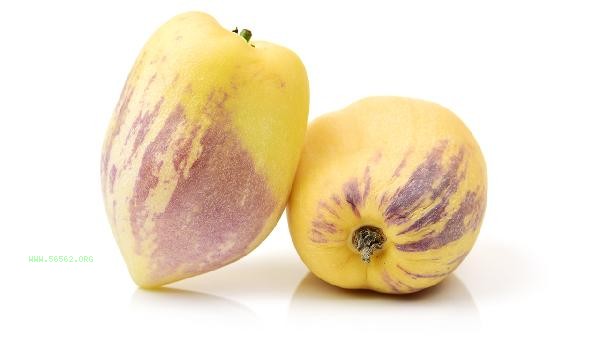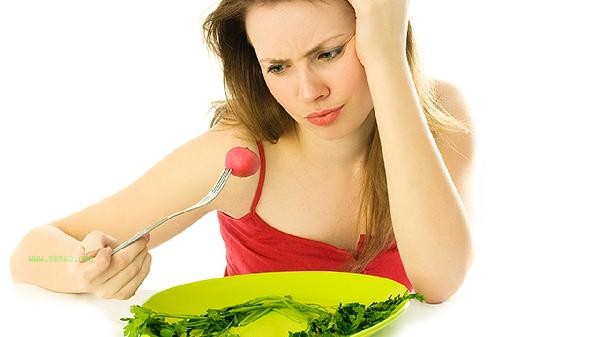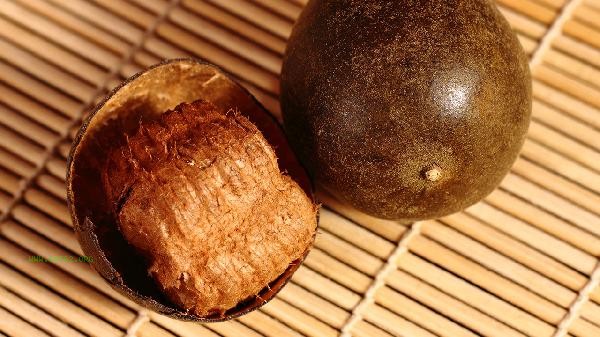The selection of fresh and high-quality fruits can be comprehensively judged from multiple aspects such as appearance, aroma, and touch. The main methods include observing the uniformity of color, checking the condition of the fruit stem, gently pinching and testing the softness and hardness, smelling the natural fruit aroma, comparing the size of the same variety, checking surface defects, weighing the weight to volume ratio, understanding the season of origin, selecting fruits with moderate maturity, and avoiding chemical treatment marks.

1. Observe the uniformity of color
Mature fruits usually exhibit a natural color unique to the variety, with uniform color distribution and no mottled spots. For example, apples should avoid local greening or dullness, and the golden part of mango skin should make up the majority. Some fruits, such as kiwifruit, may change their base color from green to brown after ripening, but it should be noted that dyed fruits often have overly bright and uneven colors.
2. Check the condition of the fruit stem
The fresh fruit stem is greenish green and has a certain degree of toughness. Dry and blackened fruit stems indicate a longer harvesting time. Citrus fruits stored with stems can delay water loss, while strawberries and other berries may have deteriorated internally if their stems shrink. Some fruits, such as lychee, may have fermented if brown exudate appears around the stem.
3. Light pinch test for softness and hardness
Moderate pressing should have elasticity without rebound. If it is too hard, it may not be mature, and if it is too soft, it is easy to spoil. Peaches, peaches, and other fruit fruits should be lightly pressed to create slight indentations in the fruit crevices, while the dull sound of watermelon tapping indicates that the flesh is soft. It should be noted that small fruits such as grapes and blueberries should not be squeezed directly. The adhesion strength of the fruit can be tested by pulling the whole string.
4. Smell the natural fruit aroma
High quality fruits emit a fresh and sweet fragrance without any fermentation taste, while special scented fruits such as durian should have a strong but not pungent aroma. Fruits that use ripening agents may have a chemical odor, and some waxed fruits may have a waxy odor on their surface. It is normal for citrus fruits to release strong essential oil flavors when their sebaceous glands rupture.
5. Compare fruits of the same variety and size [SEP]. Choose fruits that are medium to large, as those that are too large may have hollow or rough fibers, while those that are too small may have poor development. Striped fruits such as grapes and cherries require uniform particle size, while bananas with similar curvature indicate consistent maturity. Tropical fruits such as pineapples are not necessarily sweeter as they grow larger in size, and should be judged based on other characteristics.
6. Check surface defects

Natural growing fruits allow for a small amount of spots or scars, but large areas of mold and insect holes should be avoided. The rust on the surface of apples does not affect the quality of consumption, while the shedding of kiwi fruit fuzz may result in prolonged storage. Damage to the oil cells on the skin of citrus fruits can cause local bitterness.
7. Weight to volume ratio
Under the same volume, heavier fruits usually have more juice, while heavy fruits such as cantaloupe and grapefruit indicate tight flesh. If the dragon fruit is too light, the flesh may become shriveled, and if the orange peel is thick, it may appear bulky but lightweight. The bottom of the berry packaging box has no juice leakage, making it fresher.
8. Understanding the origin season
Seasonal fruits have better nutritional and flavor characteristics, such as lychee in summer and navel orange in winter. The flavor of strawberries grown in northern greenhouses is not as good as those grown outdoors, and the impact of long-distance transportation on freshness needs to be considered for imported fruits. Local seasonal fruits are usually more affordable and have lower pesticide residue risks.
9. Choose fruits with moderate maturity
Choose ready to eat fruits that are eight to nine tenths ripe. If the avocado stem is slightly yellow, lightly press it. Choose fruits that are about 70% ripe for storage, and bananas with a greenish tint can be ripened at room temperature. Late maturing fruits such as mangoes and papayas should be avoided from choosing raw fruits, as they may never soften and become sweet properly.
10. Avoid chemical treatment marks.
Apples with abnormally bright colors may be waxed, while oranges with overly uniform colors may be dyed. Soaking lychee in medicine will make the fruit shell sticky, and sulfur smoked longan flesh will appear unnaturally bright yellow. Strawberry granule protrusions may be caused by excessive swelling agents, while seedless grapes may have undergone hormone treatment.
It is recommended to prioritize local products of the current season when purchasing fruits in daily life. Alternating intake of different types of fruits can obtain more comprehensive nutrients. After purchase, store the fruit reasonably according to its characteristics. Berries should be refrigerated and consumed as soon as possible. Tropical fruits such as bananas and mangoes should not be stored at low temperatures. Rinse the surface of pesticide residues with running water before consumption, and clean peeled fruits before processing. Special groups such as diabetes patients need to control the intake of high sugar fruits. Allergic people should be careful to eat mango, pineapple and other sensitive fruits. Although organic certified fruits are relatively expensive, the risk of pesticide residues is relatively low, and can be selected according to actual needs.









Comments (0)
Leave a Comment
No comments yet
Be the first to share your thoughts!